CHAMPAGNE BULLETIN - FEBRUARY 2021
Getting a piece of the action
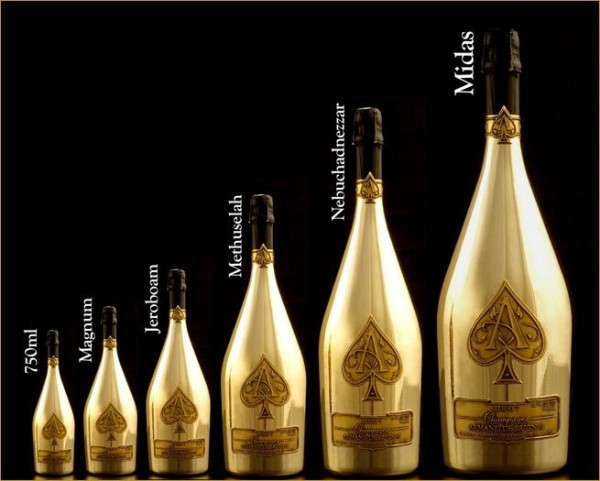
Well, the news that stood out for me this month was the announcement that Moët Hennessy (MH), the wines and spirits branch of the luxury brand group Louis Vuitton Moët Hennessy (LVMH), has acquired a 50% share in Champagne Armand de Brignac that you probably know as Ace of Spades. This move marks the beginning of a partnership with the rapper Jay-Z who bought the brand back in 2014.
Since then, sales of Ace of Spades have been spectacular, reportedly reaching 500,000 bottles in 2019, and given the retail price point of $300 dollars and sometimes more, the profit is probably equally impressive. Of course, that doesn’t all find its way back to Jay Z but I imagine he's pretty pleased with the results.
That compares to sales of Dom Pérignon that are never officially divulged, but which were probably around 4 million bottles in 2019 before so many bars, restaurants and night clubs were closed or mothballed.
 In addition to owning Dom Pérignon, MH also owns Veuve Clicquot, Krug, Moët & Chandon and Ruinart, so they are not exactly short of famous and profitable brands. So, what was it that the two parties felt was mutually beneficial about this new partnership now?
In addition to owning Dom Pérignon, MH also owns Veuve Clicquot, Krug, Moët & Chandon and Ruinart, so they are not exactly short of famous and profitable brands. So, what was it that the two parties felt was mutually beneficial about this new partnership now?
To understand this one needs to look at a few of the background details.
The Armand de Brignac brand was created in 2006 by Champagne Cattier in the village of Chigny-les-Rose at the request of an American company that saw a gap in the market for an ultra-premium brand that boasted not just great quality champagne in the bottle, but also striking packaging to catch the eye.
In the initial years sales grew steadily but not spectacularly until Jay-Z became associated with the brand. Jay-Z had previously been a loyal drinker of Cristal, the prestige brand produced by Champagne Louis Roederer, but the president of Roederer made a remark during an interview with a magazine to the effect that he would prefer it if rappers didn’t drink Cristal because, in his view, such an association damaged the image of the brand.
Understandably Jay-Z was offended by this remark and switched his allegiance to Ace of Spades which he featured prominently in some of his videos and sales took off because of this media exposure amongst the ever-growing number of Jay-Z’s fans.
No doubt it was because he saw even greater potential for Ace of Spades, that Jay-Z decided to buy the brand in 2014, but seeing that the brand is already successful why would Jay-Z want to sell 50%?
The attraction, I believe, lies in MH’s power to distribute the brand, not just in the USA, but to a global audience. Producing a top quality champagne is no easy matter, but it is only one half of the success of any brand – distribution and getting the champagne to the places where people can order and consume it is an equally important part of the recipe for success and MH’s powerful and well established worldwide network of affiliates means that they are perfectly placed to increase sales of Ace of Spades to levels that Jay-Z cannot reach on his own.
On the other hand, MH feels that Ace of Spades has created a new category of champagne drinker that MH cannot reach with the more traditional prestige brands in their portfolio despite their undoubted quality. According to the head of MH, Ace of Spades is modern, uncomplicated and refreshingly attractive and it would seem that MH sees huge potential in that market and they want a part of it.
To support that belief, it’s worth noting that in 2019 global sales of prestige champagnes reached 8.6 million bottles and exceeded 5% of total sales for the first time. The market share in terms of value was much higher, of course. The main market for these brands is the USA where, with 2.3 million bottles imported, they captured 9.1% of the market for volume and 22.4% for value (at import, not retail, prices).
Action that you don’t want
To illustrate the importance of getting the distribution right and the perils of getting it wrong, it has been reported that the owners of the Mod Selection champagne brand, with which the rapper Drake is closely associated, is suing a chain of retail outlets and the distributor of the brand in the USA for allegedly damaging the brand image in various ways including ‘dumping’ the champagne at prices a between $49- $149 when the regular retail price is $300-$400.
Mod Selection champagne brand, with which the rapper Drake is closely associated, is suing a chain of retail outlets and the distributor of the brand in the USA for allegedly damaging the brand image in various ways including ‘dumping’ the champagne at prices a between $49- $149 when the regular retail price is $300-$400.
The distribution system in the USA is particularly complex, not least because each state can set its own rules and regulations, so understanding and mastering the distribution chain is a crucial factor in the success of any brand and something that anyone considering launching a new brand, should investigate thoroughly.
Bounce back?
Just about everyone in or associated with the wine trade is hoping that the easing of COVID restrictions will soon see a return to something like normal sales. To support this view, the Beverage Alcohol Chief at Costco, one of America’s largest retail chains said in an interview (in Shanken Daily) that
At the start of Covid, like many others, we saw consumers trading down on price points, especially in the sparkling wine category. But as we moved through summer, prosecco and Champagne really came back strong as people were willing to spend more to have a great experience at home.
It seems that people can’t wait to start celebrating again once they are given the chance.
Going Green
Now some local news from Champagne.
The Champagne vineyards have a chequered history when it comes to looking after the environment and being ‘green’. In fact, 20 years or so ago, it was a rarity to see anything green at all in the vineyards during the months before the leaves came out. In those days allowing grass to grow between the rows of vines was seen as an eccentric thing to do and most vignerons used herbicide to suppress the grass. The result was a landscape that was poor in biodiversity and brown and uninspiring to look at, in winter at least.
These days things are changing for the better and changing rapidly and an increasing number of vineyards are converting to organic or biodynamic viticulture. The figures for 2019 show that some 20% of all the vineyards in Champagne are already certified as organic or are in the process of conversion.
Yet things are never quite plain sailing because there are serval organisations that grant certification and they are not all treated in the same way.
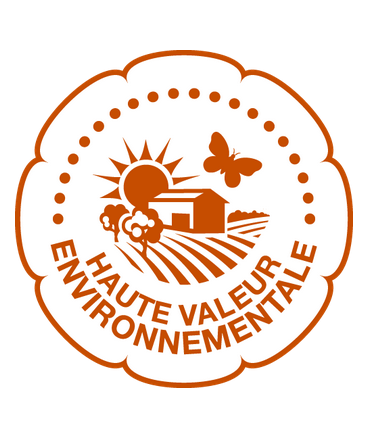 At national level, the HVE certificate (Haute Valeur Environmentale) has been promoted by the government.
At national level, the HVE certificate (Haute Valeur Environmentale) has been promoted by the government.
At regional level there is the VDC certificate (Viticulture Durable en Champagne) which was developed and promoted by the Comité Champagne.
It’s important to note these certificates testify to the fact that environmentally friendly practices are being used, but they do not indicate that the vineyard is necessarily organic.
Be that as it may, since both schemes have the same broad objectives and demand much the same standards to be observed one can entirely understand the disappointment and annoyance of those vignerons who dutifully obtained the VDC certificate promoted by their local organisation only to discover recently that it does not carry with it the same level of recognition and benefits as the national HVE certificate.
This has caused a bit of a rumpus and one gets a sense that this discussion is far from over.
Out and about
Finally, to finish this month’s bulletin on the same topic of what’s going on in the vineyards, I’d like to share a few pictures of Champagne at this time of year.
Whenever I take a walk in the vineyards, which is very often, I am always struck by the variety of things to notice. There is never nothing going on and there is always something to see and pay attention to.
The first picture shows a plot of vines cultivated in a more conventional way which prevents grass from growing between the rows. Herbicide may, or may not, have been used on this plot but you can see that every third row is covered with wood chippings which also inhibit the growth of grass and weeds.

The second picture shows a plot where some rows are grass covered (1 in 3) and some are not (2 in 3)
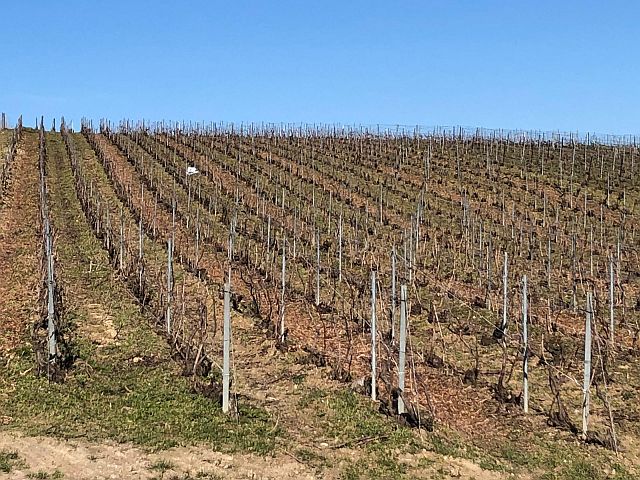
Picture 3 shows a plot that is entirely enherbé (grass covered)
It’s certainly easy on the eye, but it’s important not to assume that the absence of grass means that the vigneron doesn’t care about the environment and is too lazy to go to the trouble of growing grass and tending it. There are several good reasons why allowing grass to grow too abundantly, or even at all, is just not practical.
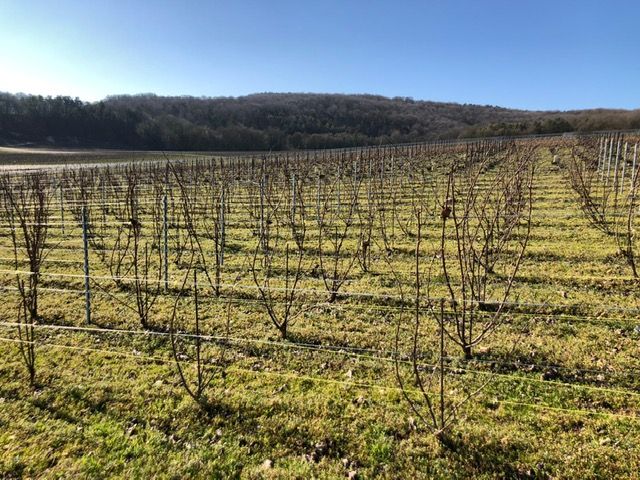
Next is a picture of a plot tended by someone who is clearly concerned about the environment and wants to increase the diversity of flora and fauna in the vineyards. He or she has gone to the trouble of installing a number of bird boxes and of planting trees at intervals along the rows. This is not just to look pretty. The birds will help control insects and the blossom on the tress will attract bees for pollination.

Last is a picture that just caught my eye because of the contrasting colour with the bright and clear blue sky above, the sand colour of the huge stones in the wall and below that, the brown and green of the vineyard itself.

I hope you enjoyed that short ‘walk’ through the vineyards and I’ll be back again with another bulletin from Champagne in a month’s time.
Meanwhile, if you want to contact me to discuss any of the topics covered this month's bulletin, including creating your own champagne brand, you can do so by email to
This email address is being protected from spambots. You need JavaScript enabled to view it.
Last but not least, if you want to learn more about champagne, check out my online course called My Champagne Expert. You can find out all the details on this link
https://my-man-in-champagne.lpages.co/my-champagne-expert-100
Until next month, all the best from Champagne
Jiles




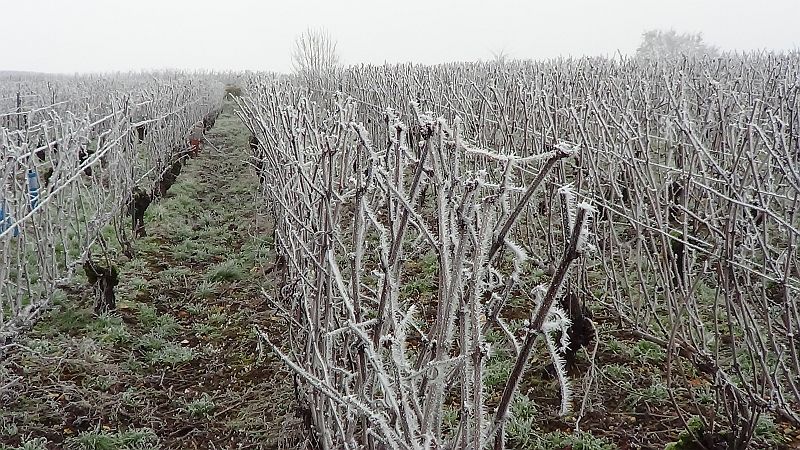 Unless you read the wine trade press frequently you probably won’t have heard about the widespread frost that hit almost all wine growing areas in France between the evening of April 5th and the early morning of April 8th.
Unless you read the wine trade press frequently you probably won’t have heard about the widespread frost that hit almost all wine growing areas in France between the evening of April 5th and the early morning of April 8th.


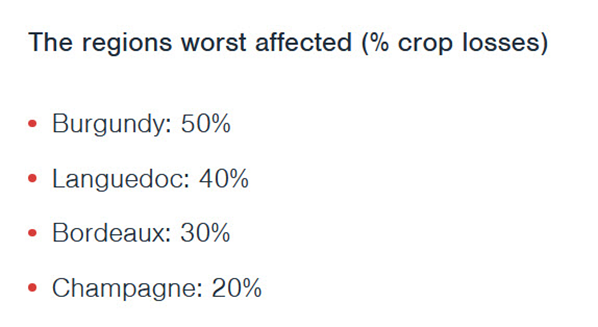

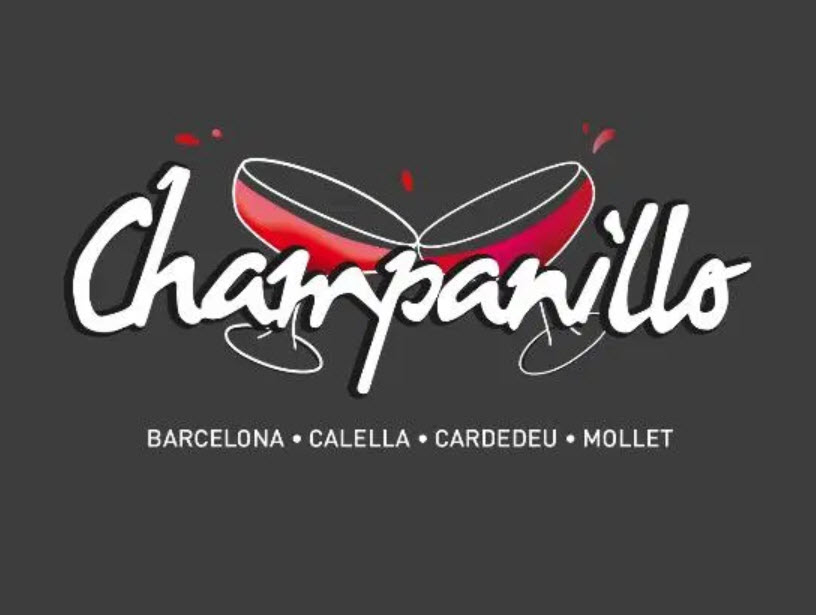


 Many of you will have heard about The Who, a famous rock band from quite a few years back and of their iconic lead singer Roger Daltry.
Many of you will have heard about The Who, a famous rock band from quite a few years back and of their iconic lead singer Roger Daltry. 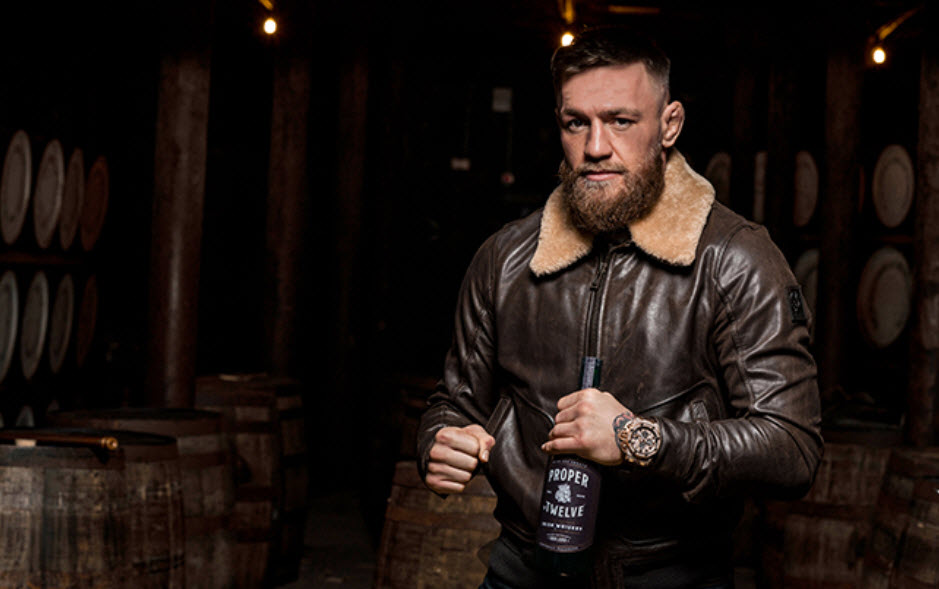 On the subject of raising money and stardom, Becle, the company behind Jose Cuervo tequila, has secured a US$150m loan to acquire the remaining stake it doesn’t already hold in Conor McGregor’s Proper No.12 Whiskey.
On the subject of raising money and stardom, Becle, the company behind Jose Cuervo tequila, has secured a US$150m loan to acquire the remaining stake it doesn’t already hold in Conor McGregor’s Proper No.12 Whiskey.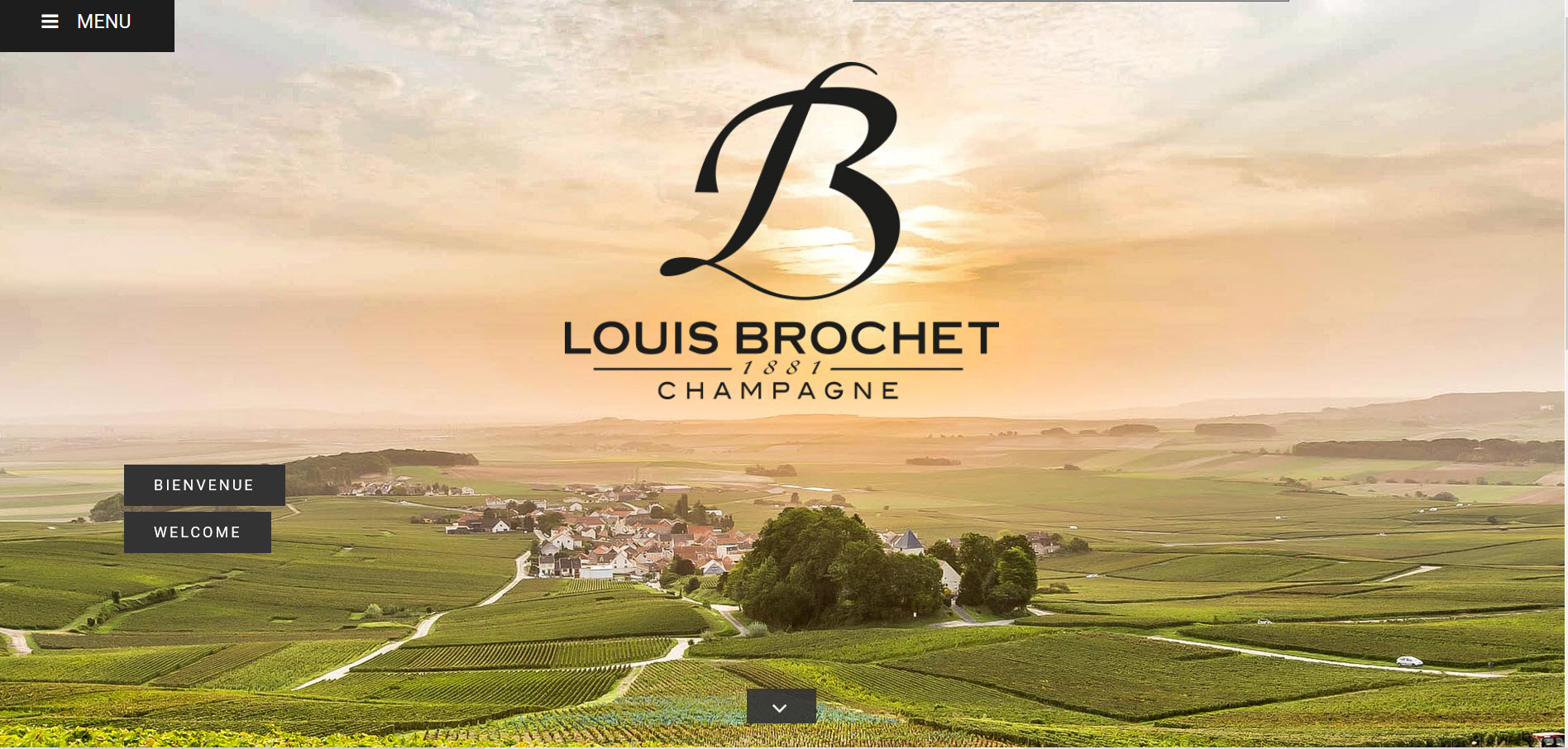 Finally in this month’s bulletin, a quirky but appealing story from here in Champagne.
Finally in this month’s bulletin, a quirky but appealing story from here in Champagne. 
 In addition to owning Dom Pérignon, MH also owns Veuve Clicquot, Krug, Moët & Chandon and Ruinart, so they are not exactly short of famous and profitable brands. So, what was it that the two parties felt was mutually beneficial about this new partnership now?
In addition to owning Dom Pérignon, MH also owns Veuve Clicquot, Krug, Moët & Chandon and Ruinart, so they are not exactly short of famous and profitable brands. So, what was it that the two parties felt was mutually beneficial about this new partnership now? Mod Selection champagne brand, with which the rapper Drake is closely associated, is suing a chain of retail outlets and the distributor of the brand in the USA for allegedly damaging the brand image in various ways including ‘dumping’ the champagne at prices a between $49- $149 when the regular retail price is $300-$400.
Mod Selection champagne brand, with which the rapper Drake is closely associated, is suing a chain of retail outlets and the distributor of the brand in the USA for allegedly damaging the brand image in various ways including ‘dumping’ the champagne at prices a between $49- $149 when the regular retail price is $300-$400. At national level, the HVE certificate (Haute Valeur Environmentale) has been promoted by the government.
At national level, the HVE certificate (Haute Valeur Environmentale) has been promoted by the government.





 In the current circumstances I suppose that worrying about the fall in the number of bottles of champagne shipped during the year, is very much a ‘1st world-problem’ compared to the far greater challenges faced by many people around the world. However this bulletin is all about champagne (the wine) and Champagne (the region) so let’s delve deeper into this month’s news and I’m pleased to say that there is a lot to tell you and that it’s far from being all bad.
In the current circumstances I suppose that worrying about the fall in the number of bottles of champagne shipped during the year, is very much a ‘1st world-problem’ compared to the far greater challenges faced by many people around the world. However this bulletin is all about champagne (the wine) and Champagne (the region) so let’s delve deeper into this month’s news and I’m pleased to say that there is a lot to tell you and that it’s far from being all bad.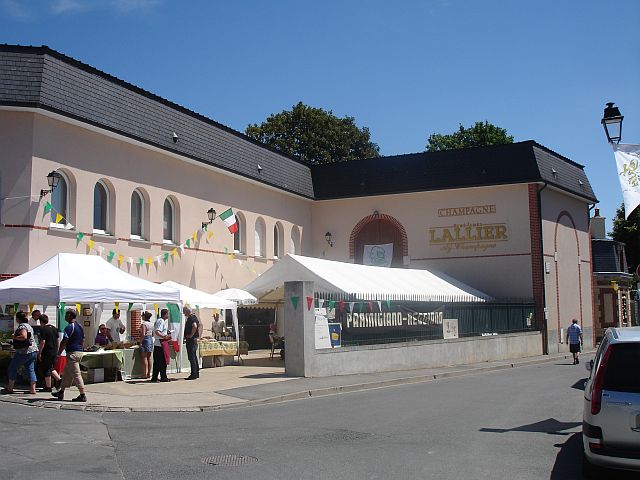 In case anyone was thinking that champagne had lost its lustre and that consumers were turning to other beverages and other indulgences, a quick look at the moves that two big drinks companies have made recently will suggest that the truth is quite different.
In case anyone was thinking that champagne had lost its lustre and that consumers were turning to other beverages and other indulgences, a quick look at the moves that two big drinks companies have made recently will suggest that the truth is quite different. On a slightly less buoyant note, the traditional Fête de Saint Vincent was cancelled this year because of … ‘you know what’.
On a slightly less buoyant note, the traditional Fête de Saint Vincent was cancelled this year because of … ‘you know what’. A few you may wish to note down, from houses both large and small, are
A few you may wish to note down, from houses both large and small, are